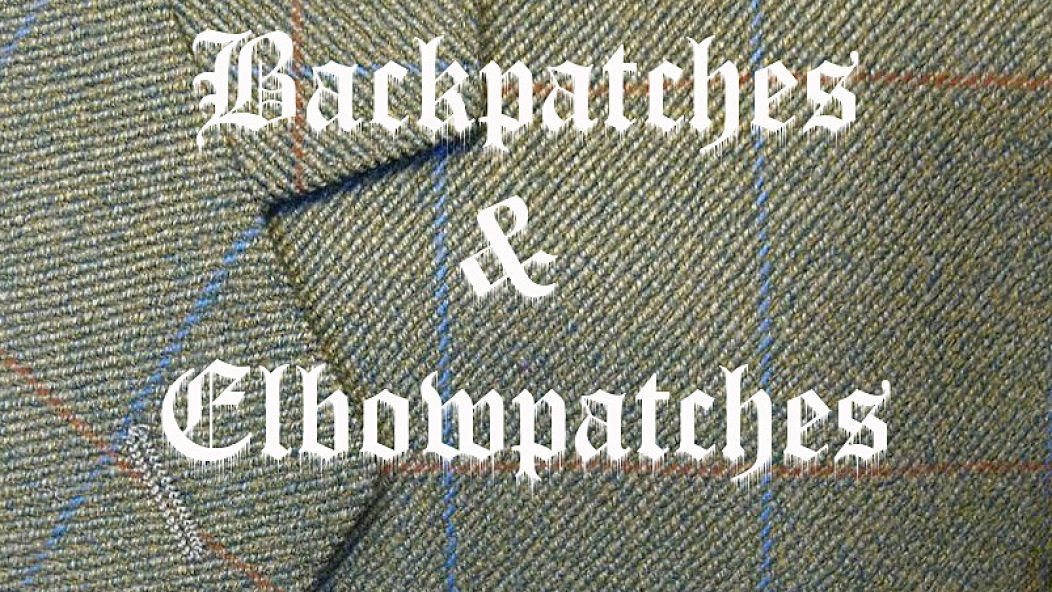
Backpatches and Elbowpatches #2: The Methodology of Metal Studies
Welcome back to Backpatches and Elbowpatches.
(I’m valiantly resisting the urge to throw in some corny classroom shtick like “open your books to chapter 666,” but I want to acknowledge that it is a struggle. Plus, by talking about not making the joke, I still get to make the joke. Cake, I had you and ate you too.)
Recently, I’ve participated in a few discussions with colleagues in the Metal Studies arena with the purpose of maintaining social and professional connections amidst the pandemic. But one of the subjects that continually popped up were questions around research methodologies and processes, which makes sense given the widely interdisciplinary nature of Metal Studies. Although I’m certainly not impartial, in my opinion the situation makes for a more diverse and vibrant scholarly community. It is not without its frustrations, though, given that different academic disciplines employ widely diverging approaches to their research, often with additional layers of specialized language as well. This is something I try to keep in the back of my mind when reading academic works in general, and I’ve found it to be a key tool for navigating the world of Metal Studies.
Additionally, we usually want our research to serve multiple masters. On the one hand, we want our research to spark discussions, get feedback and criticism, and generate ideas within our own little community… and a lot of us really thrive on these conversations (also… nerrrrds!). On the other hand, we also hope that our work might also connect with interested folks in the wider metal community more broadly, since after all it’s our love of metal that sparked all of this in the first place. On an often-unremarked-about third hand, those of us in Metal Studies who are employed by academic institutions (like myself) or who are pursuing academic degrees also have to write and speak the languages of associate deans, university provosts, research supervisors, and various committees overseeing hiring, tenure & promotion, funding, and admissions. As you might imagine, this institutional academic audience is often clueless or skeptical towards metal & metal research in general, if they’re not downright hostile towards the idea.
But my point here is that most Metal Studies scholarship doesn’t exist without participation in metal (which could honestly also probably be said of most academics in the humanities or performing arts), and this direct participation is often the key to the entire endeavor. In the social sciences, this typically falls under the umbrella of what is called “participant-observation,” institutional-speak for writing from experience. As has been demonstrated over and over, outside observation of subcultures of all types without direct participation can result in serious misreadings, even if done in good faith. To that end, most of the researchers within Metal Studies ground their perspectives with real life experiences and participation in metal scenes in one way or another.
Even in a normal year without global pandemics, this sort of “insider” research raises numerous questions for metal studies folks. For sociologists and anthropologists, for example, there are perpetual issues of trust, ethics, and consent that often have to be officially addressed, particularly if illegal or otherwise sensitive information is being discussed. But more broadly, the very nature of the relationship between subcultures or scenes and the academics who write about them is worth questioning. For example, subcultural academics tend to focus on provocative or “resistant” threads in cult media of all types, but is this just a way to deflect from the commercialism of cult media enterprises and their reliance on selling stuff for fans to collect? Does our research question or reinforce trends towards canonization and gatekeeping in metal? Perhaps more importantly, does our vested interest in metal make it so our love of the music overpowers our ability to acknowledge its potential for harm (which could be asked of any kind of music, really)? Sometimes one’s allegiances wind up at cross-purposes, and sometimes the best we can do is acknowledge that fact.
(For a more thorough discussion, I’d recommend the first Metal Methodologies interview with the musicologist Florian Heesch, in which they further discuss the issues arising from the fact that so many people in metal studies are also metal fans)
Finally, we do have a new issue of Metal Music Studies (subscribe at metalstudies.org) just published, and it includes a wide variety of articles, as one might expect. In particular, there is a series of articles extending Metal Studies in Latin America, exploring metal in Brazil, Colombia, Peru, Mexico and its various roles in community-building, decolonization, and indigenous identity. Other articles explore psychological concepts of “flow,” shifts in metal coverage in Rolling Stone, the usefulness of Satanism for calling out moral hypocrisy, the influence of NSBM in “real-world” racist paramilitary groups, and (appropriately for this column) a case study of the ties between metal, academia, and wider communities from the perspective of a conference held in southern Spain.
Take care until next time!
…
Ross Hagen is a musicologist at Utah Valley University and is the author of A Blaze in the Northern Sky from the 33.3 series. Fun. Core. Mosh. Trends.
Graphic used under creative commons.
https://commons.wikimedia.org/wiki/File:Dormeuil_fabric_on_jacket.jpg
Toxophilus, CC BY-SA 4.0










